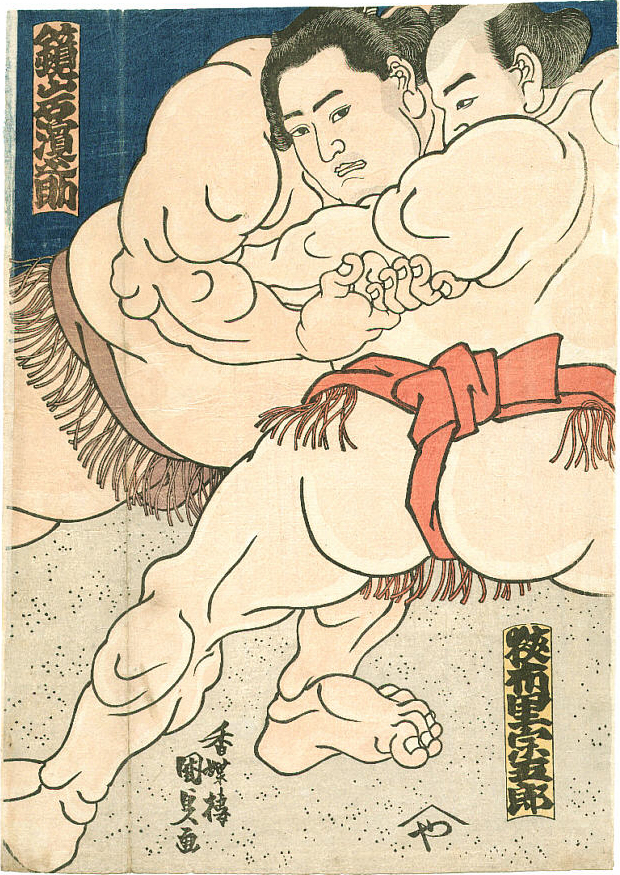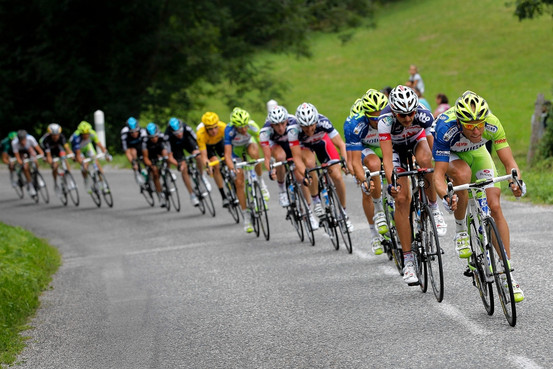Stamp: II Games of Central Africa (Angola 1981)
II Games of Central Africa (Angola 1981)
03 September (Angola ) within release II Games of Central Africa goes into circulation Stamp II Games of Central Africa face value 0.50 Angolan kwanza
| Stamp II Games of Central Africa in catalogues | |
|---|---|
| Michel: | Mi:AO 657 |
Stamp is square format.
II Games of Central AfricaAlso in the issue II Games of Central Africa:
- Stamp - II Games of Central Africa face value 0.50;
- Stamp - II Jogos da Afrika Central face value 5;
- Stamp - II Games of Central Africa face value 6;
- Stamp - II Games of Central Africa face value 10;
- Souvenir Sheet - II Games of Central Africa face value 15;
Stamp II Games of Central Africa it reflects the thematic directions:
Sports, are all usually forms of competitive physical activity or games which, through casual or organised participation, aim to use, maintain or improve physical ability and skills while providing enjoyment to participants, and in some cases, entertainment for spectators. Usually the contest or game is between two sides, each attempting to exceed the other. Some sports allow a tie game; others provide tie-breaking methods, to ensure one winner and one loser. A number of such two-sided contests may be arranged in a tournament producing a champion. Many sports leagues make an annual champion by arranging games in a regular sports season, followed in some cases by playoffs. Hundreds of sports exist, from those between single contestants, through to those with hundreds of simultaneous participants, either in teams or competing as individuals. In certain sports such as racing, many contestants may compete, each against each other, with one winner.
Cycling, also known as bicycling or biking, is the activity of riding a bicycle or other type of cycle. It encompasses the use of human-powered vehicles such as balance bikes, unicycles, tricycles, and quadricycles. Cycling is practised around the world for purposes including transport, recreation, exercise, and competitive sport.
Tennis is a racket sport that is played either individually against a single opponent (singles) or between two teams of two players each (doubles). Each player uses a tennis racket strung with a cord to strike a hollow rubber ball covered with felt over or around a net and into the opponent's court. The object of the game is to manoeuvre the ball in such a way that the opponent is not able to play a valid return. The player unable to return the ball validly will not gain a point, while the opposite player will



